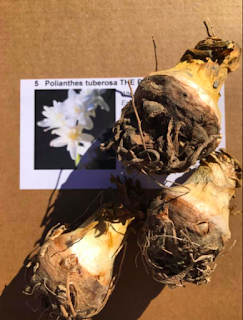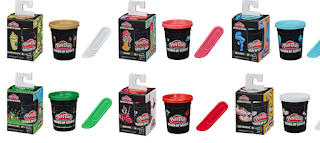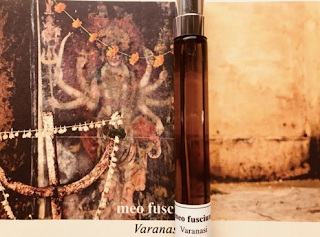Her Majesty Tuberose

Yesterday I received these Tuberose bulbs, a flower I love so much to see and -above all- to smell. Tuberose originates in South America, pre-Columbian peoples used to cultivate it both for its healing properties (it was said to ease the fatigue of travelers) and for gastronomic purposes: its intensely sweet scent was the ideal complement to the chocolate drink they used to drink. During the sixteenth century, the Spanish brought the plant to Europe and began its cultivation. The European girls, however, were not allowed to approach this flower precisely because of its thick, sweet, inviting, narcotic scent, which was said to trigger "illicit" thoughts that would lead them to perdition. The same prohibition was also adopted in India - where the word tuberose is translated as "ki rani", or "night lover". In fact, tuberose blooms at night, when colors are not visible. To attract pollinating insects, therefore, she and the other white flowers (including jas





